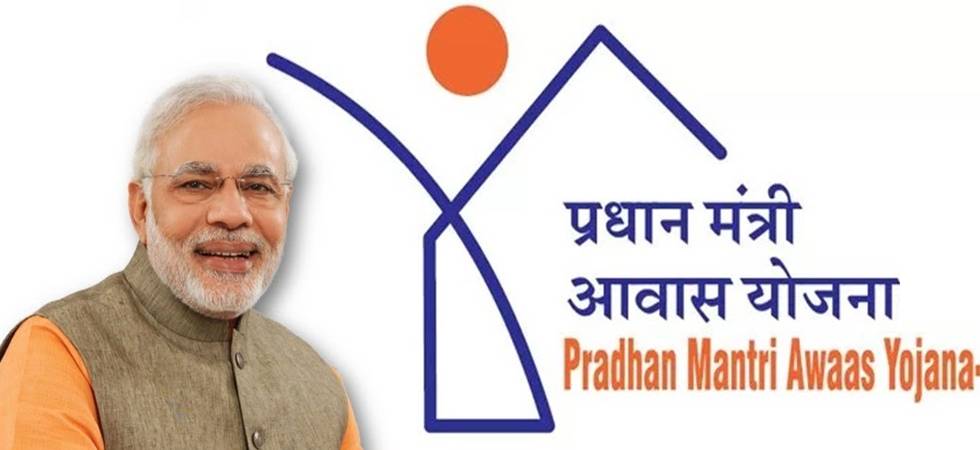An overview of the PMAY-U, or Pradhan Mantri Awas Yojana

Launched in 2015 as a flagship initiative, the Pradhan Mantri Awas Yojana (PMAY) aims to provide "Housing for All" in both urban and rural areas by 2022. The government planned to use this program to rehabilitate slum dwellers in collaboration with the private sector, promote affordable housing for marginalized groups through Credit Linked Subsidy Schemes (CLSS), create partnership-based affordable housing with the public and private sectors, and provide funding for Beneficiary-led Construction (BLC).
Goals of the PMAY Program
With the goal of addressing the housing scarcity and offering affordable housing options throughout India, especially in urban areas where demand is highest, the PMAY initiative was launched. Nevertheless, the program has had trouble reaching its goals in spite of significant financial investments and efforts.
Government estimates indicate that there is a severe shortage of urban housing, with an estimated 3 million homes required in metropolitan areas. Reports show that the scarcity of urban housing increased by 54% between 2012 and 2018, suggesting that the true gap may be significantly larger. Expectations have not been met by the PMAY-Urban (PMAY-U) component, which was created especially to address the demands for urban housing. The predicted urban deficit as of April 2023 was more than 60 lakh dwellings, underscoring
In-Situ Slum Rehabilitation Vertical: Achievements and Difficulties
Under the PMAY-U, the in-situ slum rehabilitation (ISSR) vertical, which sought to address the acute demand for slum rehabilitation, has not functioned as anticipated. Significantly fewer than the expected targets, just 2,10,552 dwellings have been sanctioned for qualified beneficiaries under ISSR. This suggests that despite its critical relevance in urban housing, the urgent need for slum redevelopment is not being addressed.
A primary obstacle encountered by ISSR projects is the vertical expansion paradigm adopted by certain private developers, which results in problems like elevated utility expenses and confined living areas. This has made people less likely to live in these new homes, which has diminished the success of the redevelopment initiatives. Furthermore, the availability of land that is ideal for ISSR has been
The involvement of the private sector in social housing
The PMAY program mostly relied on the private sector to fill the investment shortfall in social housing. Nevertheless, there have been mixed results from this strategy, with a number of obstacles preventing the government and private developers from working together effectively.
Although the private sector's engagement was intended to be a way to take use of more resources and knowledge, several projects have run into problems with housing affordability and design. Some developers have chosen a vertical expansion plan, which has increased residents' recurring fees and placed a financial burden on recipients of these units.
Furthermore, social housing projects have faced difficulties as a result of their reliance on market forces, especially when it comes to meeting the requirements of vulnerable groups like slum residents. The private sector's involvement has been made more difficult by the contradiction between local master plans and PMAY-U aims, as city plans frequently give priority to capital-intensive solutions over social housing.
Contributions to the Budget and Budgetary Allocation
Beneficiary households and the federal and state governments each make financial contributions to the PMAY program. However, there are significant doubts regarding the scheme's viability and effectiveness regarding the distribution of financial obligations and the allotment of cash.
About 25% (₹2.03 lakh crore) of the total investment expenditure under PMAY is contributed by the central government, which is a relatively small amount. Beneficiary households, on the other hand, are disproportionately burdened financially; they pay 60% (₹4.95 lakh crore) of the overall costs. State governments contribute ₹1.33 lakh crore to the initiative in collaboration with Urban Local Bodies.
Equity and access are raised by this funding structure, especially for landless households and marginalized communities that could find it difficult to meet the PMAY scheme's housing standards. Additionally, the difficulties vulnerable people experience in finding suitable and inexpensive housing options are highlighted by the government's limited engagement in land acquisition and home provision under some verticals (e.g., BLC).
In summary
In summary, there have been numerous obstacles in the way of the Pradhan Mantri Awas Yojana (PMAY) scheme's goal of delivering "Housing for All" by 2022, especially with regard to its urban component (PMAY-U). Critical sectors like in-situ slum redevelopment (ISSR) have not performed up to expectations, which is a reflection of systemic problems with funding, planning, and execution.
The program has attempted to increase private sector involvement in social housing projects, but the results have been uneven, with concerns about design appropriateness and cost impacting project efficacy. In addition, the PMAY's funding system presents significant issues of accessibility and equity, emphasizing the need for a more inclusive approach to the development and execution of housing policy.
Going forward, resolving PMAY's flaws would necessitate extensive reforms that give community involvement, fair funding sources, and flexible urban planning techniques top priority. Policymakers can better tailor future housing programs to fulfill the different requirements of India's urban population and promote equitable and sustainable urban growth by taking lessons from the obstacles faced thus far.
